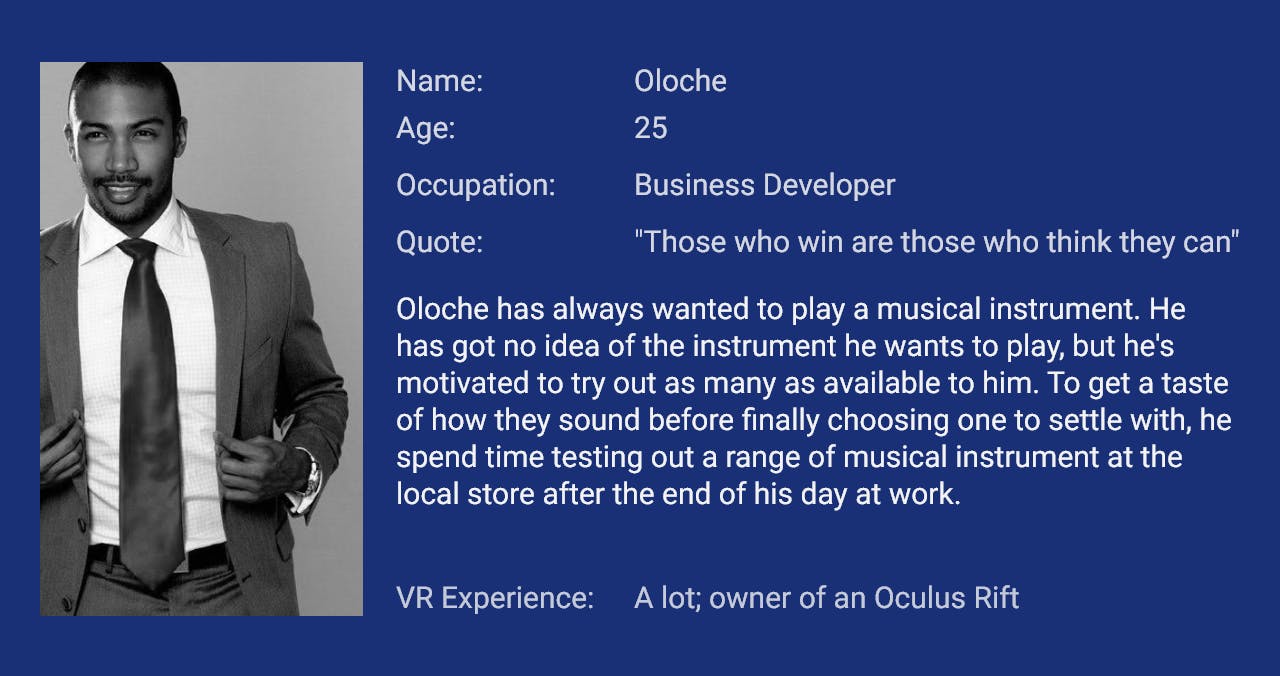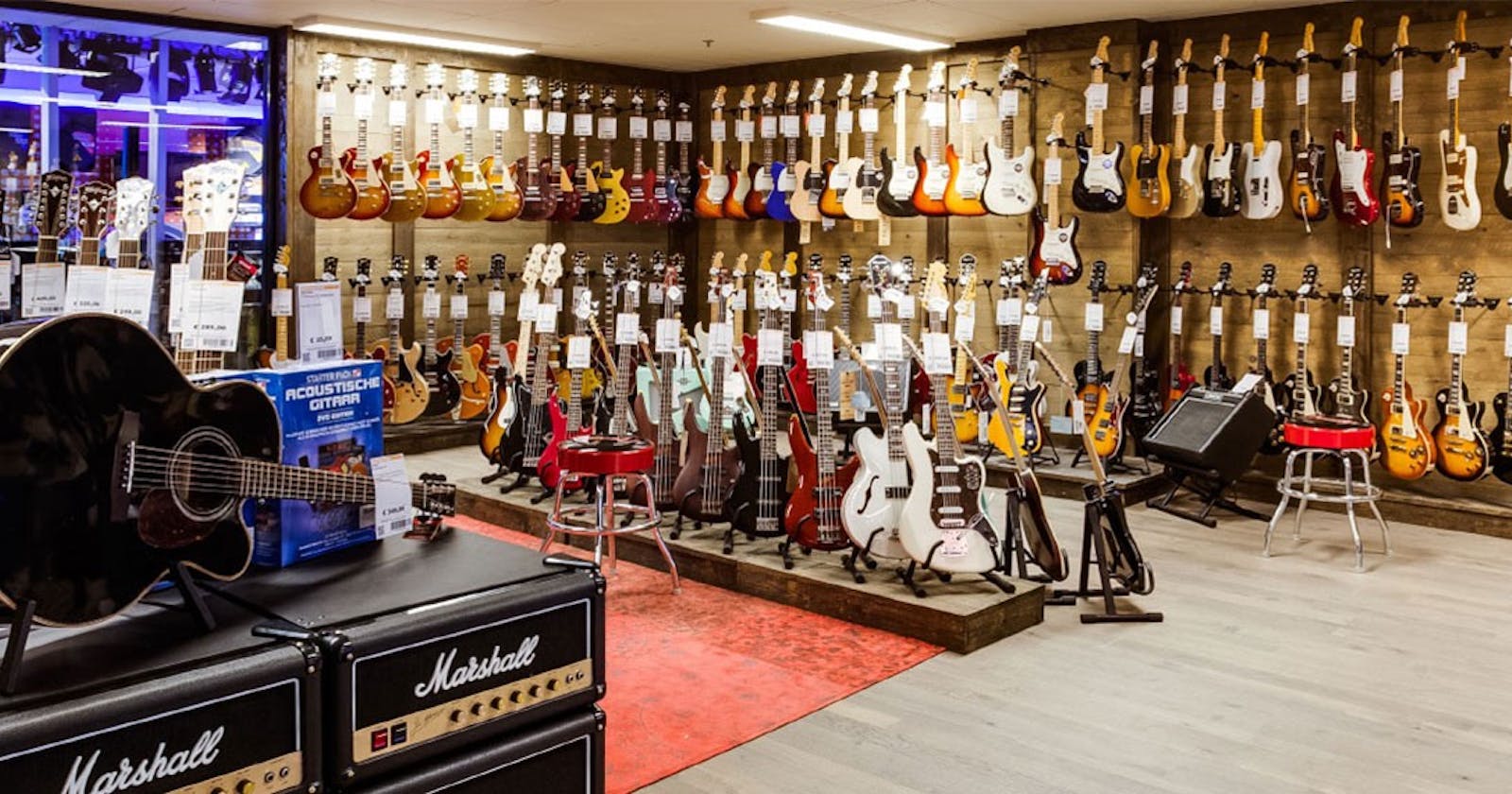Music Store. Source: keymusic.com
This article describes my considerations before creating a VR Education Application.
The Application
The student walks into a room containing some musical instruments. As the student approaches any of the musical instrument, he/she will hear a song which gives the student an insight into that instrument’s timbre. Students can interacts with these instruments by looking at and clicking on them.
Students can also take apart the individual component that makes up the whole of an instrument selected. When a student select a component, he/she will be presented with information about that component and it’s purpose.
At the end of the VR experience, the student will be able to differentiate between two timbre and associate them with their respective musical instrument(s). Also, the student will end up knowing the individual component(s) that makes up an instrument, and the purpose that component serve in the instrument.
Persona
The persona for the purpose of this VR application is shown underneath.
 Persona
Persona
Considerations
How accessible would each VR platform be to your target student in terms of price? Take into account location, age, and income.
Taking into account location, age and income of my target students, each VR platform will be easily accessible to them.
How interactive does your lesson need to be? For example, do I need to pick things up or could I get away with just looking at objects?
My lesson would need to be very interactive. I want students to be able to pick things up, and have life like interaction with those things.
How realistic do your visuals need to be in order to teach? For example, could I use 2D images and videos in a 3D Environment or do you need high poly 3D models.
My visuals need to be very realistic in order for me to pass the intended knowledge. I would need high poly 3D models.
Does my student need to feel like a participant in the experience or can they be a passive viewer? Could they be both?
My students need to feel like a participant in the experience. They can also be a passive viewer.
Given the answers above, what are potential platforms you could use for your experience?
I could use Oculus Rift or HTC Vive to allow for realistic objects and life like interaction with those objects.

